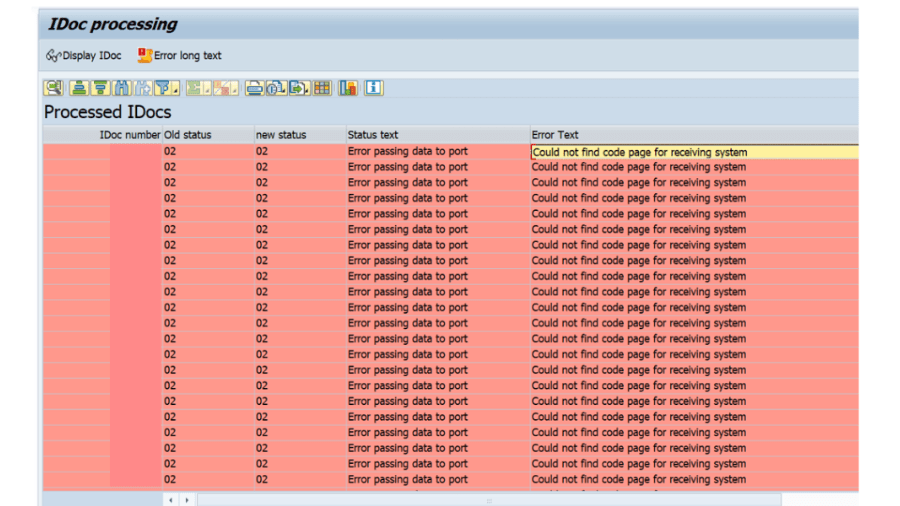In the intricate world of SAP systems, efficient data exchange is paramount for seamless business processes. This is where IDocs, or Intermediate Documents, come into play, acting as standardized electronic documents for data transfer between SAP systems, and even between SAP and non-SAP systems. IDocs provide a versatile and reliable method for ensuring that crucial information, such as order details, inventory updates, and financial data, flows smoothly and accurately across organizational boundaries. Understanding their structure, configuration, and processing is therefore fundamental for any SAP professional aiming to optimize system integration and data management. These documents are a vital component in automating business processes and ensuring data consistency.
What are IDocs and Why are They Important?
Think of IDocs as envelopes containing specific business data, formatted in a way that both sending and receiving systems can understand. They encapsulate information related to various business objects, allowing different systems to communicate without needing direct connections or complex interfaces. Their importance stems from several key advantages:
- Standardization: IDocs adhere to predefined structures, ensuring consistency in data format across different systems.
- Flexibility: They can be adapted to accommodate various business scenarios and data types.
- Reliability: SAP provides robust mechanisms for monitoring and error handling during IDoc processing.
- Asynchronous Communication: IDocs facilitate asynchronous data transfer, meaning the sending system doesn’t need to wait for immediate confirmation from the receiving system. This allows for more efficient system performance.
IDoc Structure: Delving into the Details
Each IDoc is composed of three primary record types:
- Control Record: This record contains header information about the IDoc, such as the sender and receiver system, the message type, and the IDoc number. It essentially acts as the envelope’s address label.
- Data Records: These records hold the actual business data being transferred. They are structured in segments, each representing a specific data element.
- Status Records: These records track the progress of the IDoc during processing, indicating whether it has been successfully sent, received, and processed. They provide valuable insights into the IDoc’s journey.
Understanding Segments
Segments are the building blocks of the data records within an IDoc. Each segment represents a specific piece of information, such as a customer’s name, address, or order number. Segments are defined by their structure and the data fields they contain. Understanding segment structures is crucial for correctly interpreting the data within an IDoc.
Configuring IDocs in SAP: A Step-by-Step Approach
Configuring IDocs involves several steps within the SAP system, including:
- Defining Message Types: Specifying the type of business data the IDoc will carry (e.g., order creation, invoice processing).
- Creating IDoc Types: Defining the structure of the IDoc, including the segments it will contain.
- Partner Profiles: Configuring the communication parameters for the sending and receiving systems, including the message types they support;
- Port Definition: Specifying the communication channel used for IDoc transfer (e.g., tRFC, file port).
Troubleshooting Common IDoc Issues
Even with careful configuration, issues can sometimes arise during IDoc processing. Common problems include data errors, authorization issues, and communication failures. Effective troubleshooting requires a systematic approach, starting with examining the IDoc status records and analyzing any error messages. Tools like transaction WE02 and WE05 can be invaluable for identifying and resolving IDoc-related problems. In the middle of all of this, understanding that IDocs are complex but essential for SAP integration is key to success.
Looking Ahead: The Future of IDocs and SAP Integration
While newer technologies like APIs are gaining traction, IDocs remain a vital part of many SAP landscapes, particularly in legacy systems and for integrating with non-SAP systems. As SAP continues to evolve, understanding the role and functionality of IDocs will remain a valuable skill for SAP professionals. Their continued importance in existing systems ensures their relevance for years to come.

